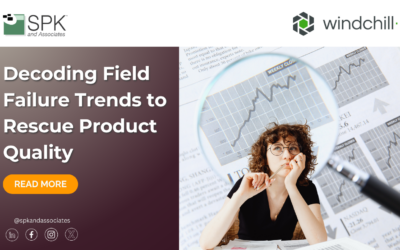In today’s world, everyone has a mobile device; cell phones, tablets, or a hybrid of the two. In a blog post published on ZDNet in June 2014, Dimensional Research conducted a survey of more than 300 IT leaders, and concluded specifically Apple’s enterprise presence is only growing stronger.
To paint a visual picture the survey reports the following:
- “60% of respondents support more than 100 Apple devices
- 29% support 100 to 500 Apple devices
- In 2011, 67% of companies said that Apple accounted for less than 10% of user devices. In 2014, 68% of companies reporting Apple devices are more than 10 percent of the total
- 35% of companies say Apple represents 25% or more of user devices
- User preferences was the primary business reason for supporting Apple
- 68% of companies expect that Apple devices will increase about 35% over the next 3 years”
Now, what does this mean for businesses in the Enterprise, especially in light of Apple’s recent “celebrity iCloud leak” and “compromised iCloud accounts?” To put it bluntly, CTOs and CIOs must consider security policies at a much higher level than ever before.
Mobile devices of any kind are going to be vulnerable to hackers and, as such, are insecure. This means any data stored on the devices or on the servers for said devices (iCloud, for example) are in a compromising position and are susceptible to theft. From a business perspective, it would be in the best interest of the CIOs and CTOs to ensure necessary security policies are in place to mitigate any kind of sensitive data leaks.
Next Steps:
- Contact SPK and Associates to see how we can help your organization with our ALM, PLM, and Engineering Tools Support services.
- Read our White Papers & Case Studies for examples of how SPK leverages technology to advance engineering and business for our clients.







